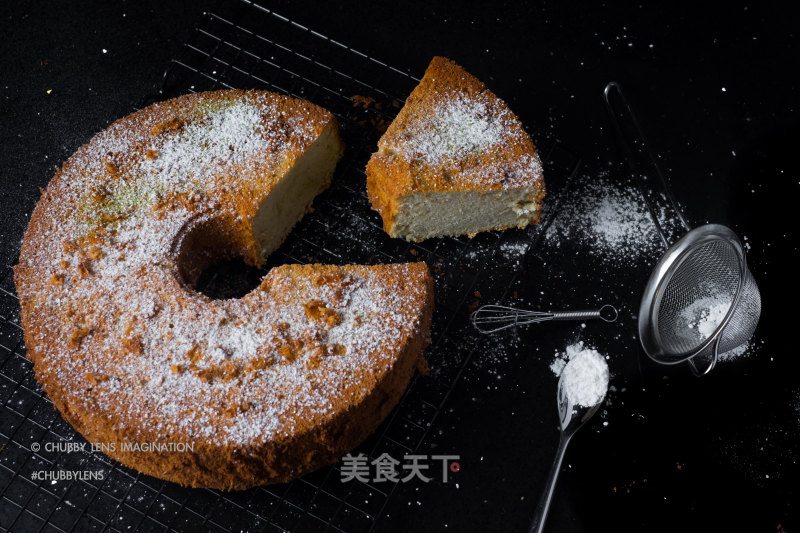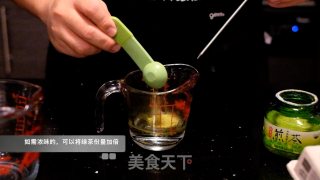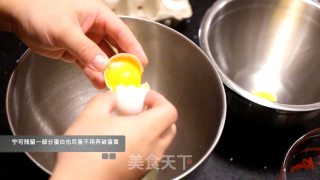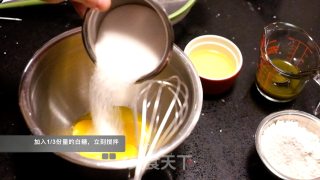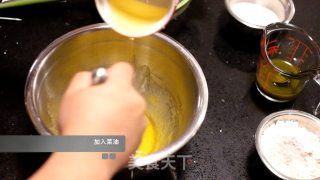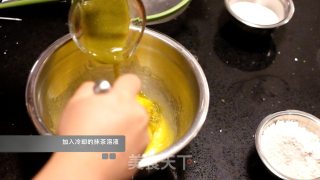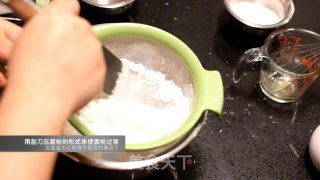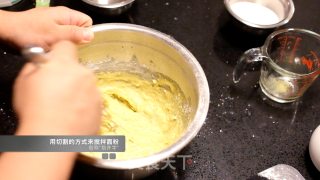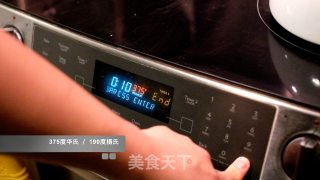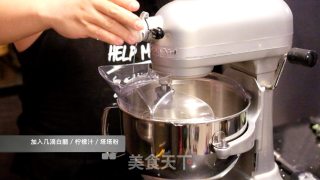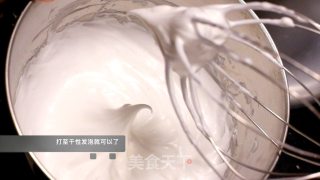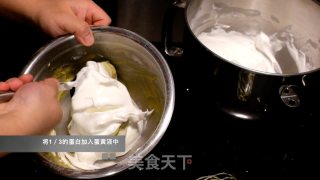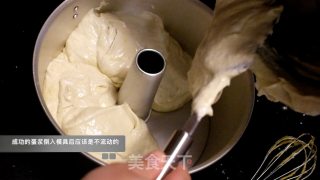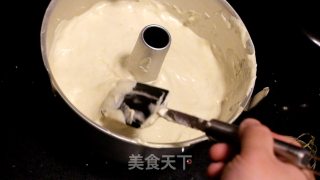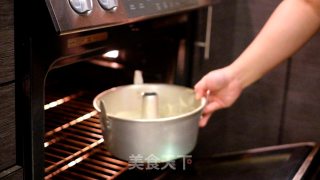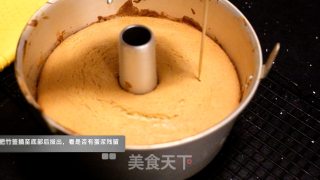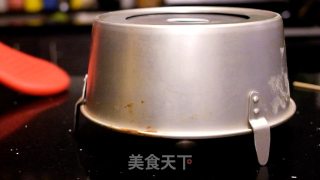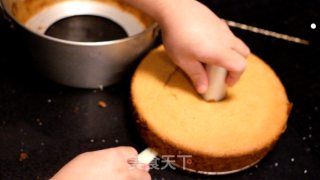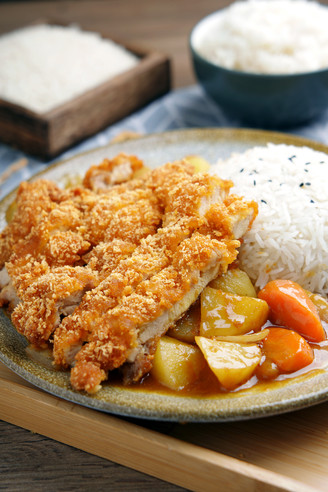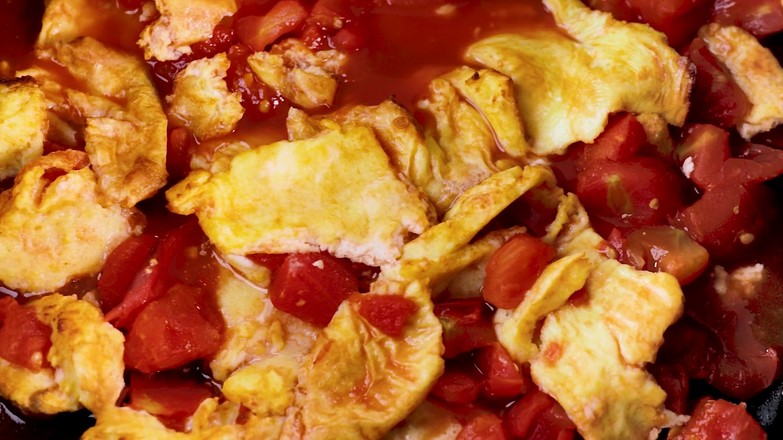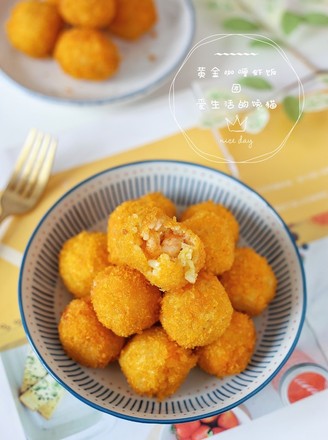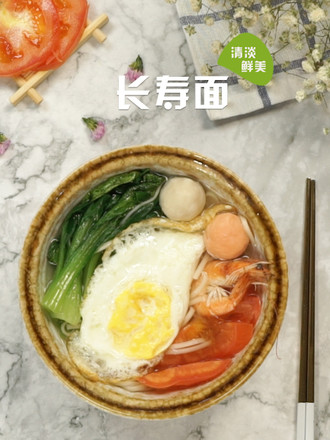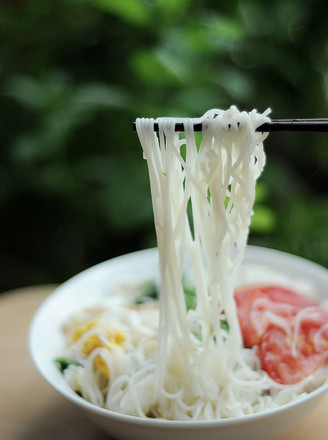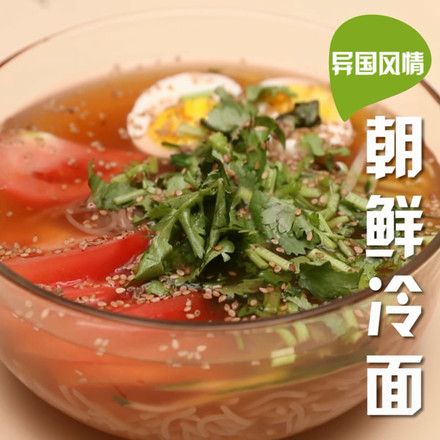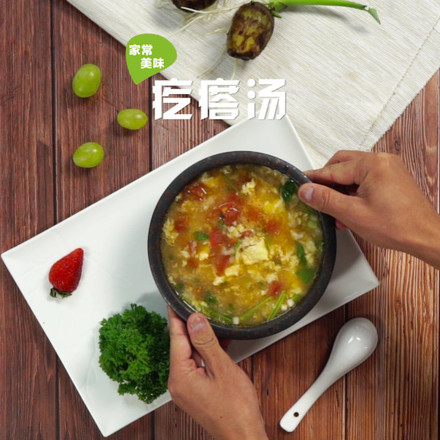Chiffon Cake
by Jackylicious
Favorite
Difficulty
Easy
Time
1h
Serving
2
Before the tutorial starts, the classification of cakes will be popularized. According to the differences in methods and ingredients, common cake bodies can generally be divided into the following categories:
Chiffon cake, also called chiffon, is called Chiffon in English. The original intention is that the texture of the cake body is as light and smooth as chiffon. The key difference in its production principle is that after the yolk and egg whites are separated, only the egg whites are beaten, and lighter liquid oil (not butter) is used.
Sponge Cake (Sponge Cake) concisely describes the texture of the cake, which is as soft as a sponge. Compared with Chiffon, the biggest feature of its production process is the use of whole eggs for whisking. Although the texture is also fluffy, it doesn't have the silky smooth feeling of chiffon. The advantage is that it has better bearing capacity than Chiffon, so the sponge cake body is mainly used in the multi-layer fondant cakes that appear at wedding banquets and other events.
Cotton Cake (Cotton Cake), its method is similar to Chiffon, but also separate egg yolk and egg white. The core difference lies in the use of hot noodles, that is, the fluffy feeling formed by the hot oil contacting the flour. Its taste characteristics are like cotton candy (not Marshmallow), which melts in the mouth.
As for other mousse cakes, cheesecakes, etc., whether it is a variant of ice cream, or a variant of Pie, from the cake itself, I don't want to divide it in this way.
Disclaimer: The following ingredient ratios and methods are referenced from Taiwanese baker-Meng Zhaoqing"
Chiffon cake, also called chiffon, is called Chiffon in English. The original intention is that the texture of the cake body is as light and smooth as chiffon. The key difference in its production principle is that after the yolk and egg whites are separated, only the egg whites are beaten, and lighter liquid oil (not butter) is used.
Sponge Cake (Sponge Cake) concisely describes the texture of the cake, which is as soft as a sponge. Compared with Chiffon, the biggest feature of its production process is the use of whole eggs for whisking. Although the texture is also fluffy, it doesn't have the silky smooth feeling of chiffon. The advantage is that it has better bearing capacity than Chiffon, so the sponge cake body is mainly used in the multi-layer fondant cakes that appear at wedding banquets and other events.
Cotton Cake (Cotton Cake), its method is similar to Chiffon, but also separate egg yolk and egg white. The core difference lies in the use of hot noodles, that is, the fluffy feeling formed by the hot oil contacting the flour. Its taste characteristics are like cotton candy (not Marshmallow), which melts in the mouth.
As for other mousse cakes, cheesecakes, etc., whether it is a variant of ice cream, or a variant of Pie, from the cake itself, I don't want to divide it in this way.
Disclaimer: The following ingredient ratios and methods are referenced from Taiwanese baker-Meng Zhaoqing"

